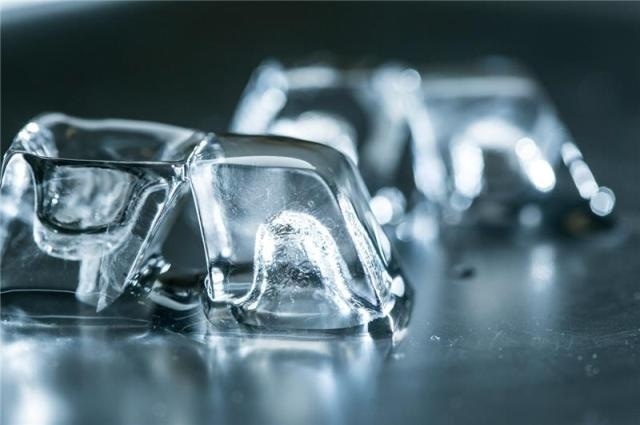Mar 16 2016
Scientists from the University of Amsterdam (UvA) and the Hong Kong University of Science and Technology (HKUST) have achieved single-particle resolution, for the first time, in the investigation of surface premelting phenomena.
 HKUST
HKUST
They published the results of the study this week on the website of Nature. With a new colloidal model system, the study discovered that new interplays exist between solid-solid transitions, surface premelting, and bulk melting.
Everyday processes that depend on ‘surface premelting’ include; frost heave, snowflake growth, glacier movement, and ice skating. The phenomenon refers to when a solid surface melts into a thin liquid layer, even below the solid’s melting point. This enables the fusion of two ice pieces below 0°C: at the contact point of the ice pieces water present in the premelted surface is surrounded by the ice, which causes it to freeze. Surface premelting exists in all categories of solids and promotes crystal growth, making it is a crucial phenomenon in metallurgy, meteorology, and geology.
Previously, scientists have not been able to gain a complete understanding of premelting mechanisms at atomic or molecular levels, especially for two-dimensional (2D) melting in the presence of free surfaces, for instance, solid-vapor interfaces. As the employed methods, such as differential scanning calorimetry and X-ray diffraction, do not have single-particle resolution, correlating the phase transition theory to the obtained results has been difficult.
The UvA and HKUST group has now changed this by employing a model system comprising of microscopic plastic spheres, enclosed in a parallel-plate glass cell. In this "macroscopic atomic system" premelting and melting processes are triggered by decreasing the temperature that is, the attraction between the spheres is weakened. An optical microscope was used to record the thermal motion of about 6,000 spheres, for about one hour, at every temperature step. Later, single particle dynamics were utilized to analyze the behavior of the model system. The experiment was carried out at HKUST under the leadership of associate professor Yilong Han. Assistance in data analysis and result interpretation was provided by UvA postdoc researcher Ran Ni, of the Computational Physics and Chemistry Group of the Van 't Hoff Institute for Molecular Sciences (HIMS).
The scientists concluded that the novel colloidal model system is apt for the study of surface physics of attractive crystals. Surprisingly, they could also prove that surface premelting is associated with solid-solid transitions and bulk melting. A crystal with free surfaces (solid-vapor interface) can melt in a homogenous manner from the surfaces as well as from within the bulk.
These findings are in contrast to the commonly assumed heterogeneous melting from surfaces. In particular we have established that the bulk melting was accompanied with the formation of grain boundaries, demonstrating a grain-boundary-mediated 2D melting scenario. These novel interplays among surface premelting, bulk melting, and solid-solid transitions present new challenges on theories on surface premelting and 2D melting.
Dr Ran Ni, Postdoctoral Researcher, Computational Physics and Chemistry Group of the Van 't Hoff Institute for Molecular Sciences (HIMS)